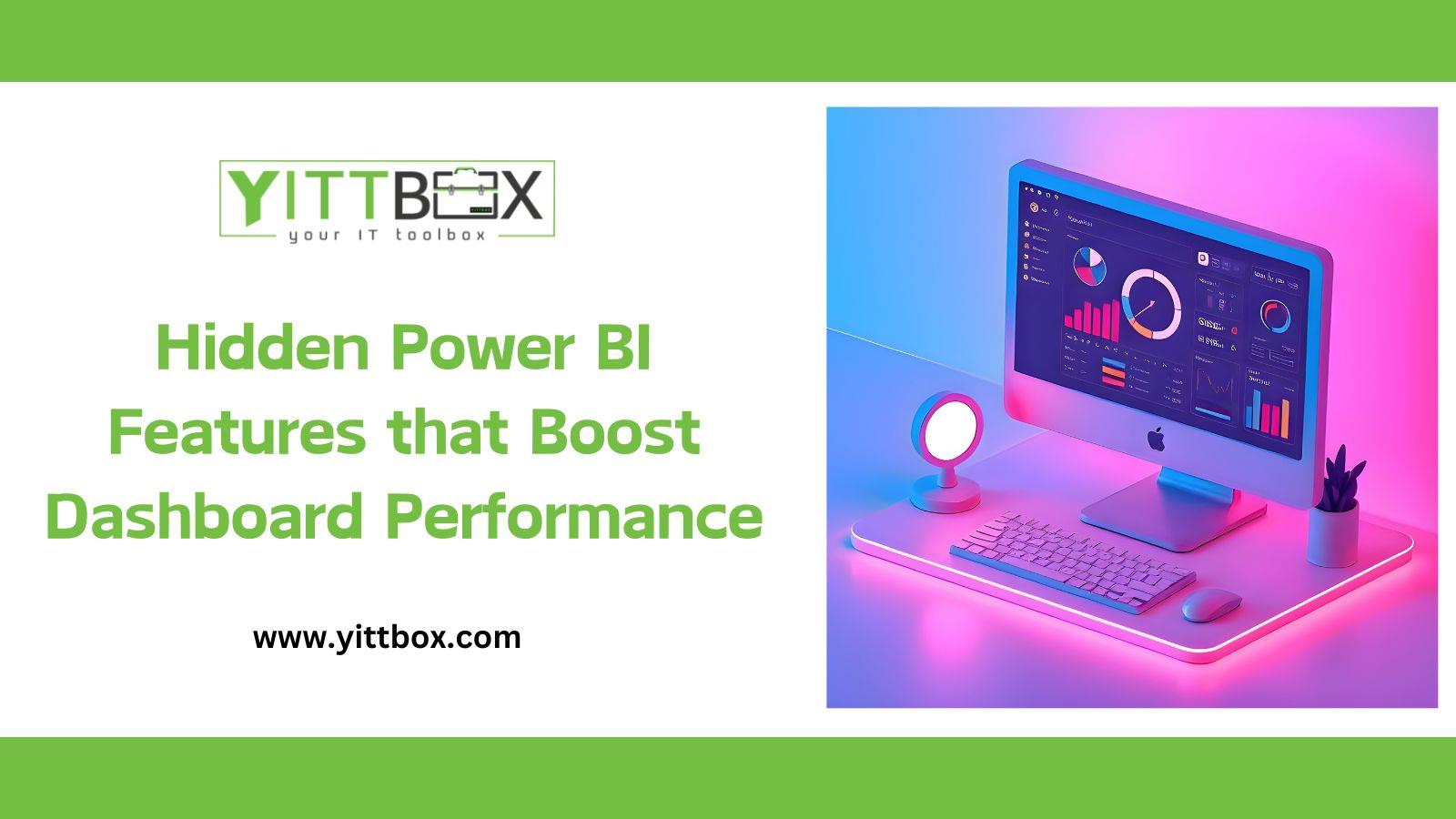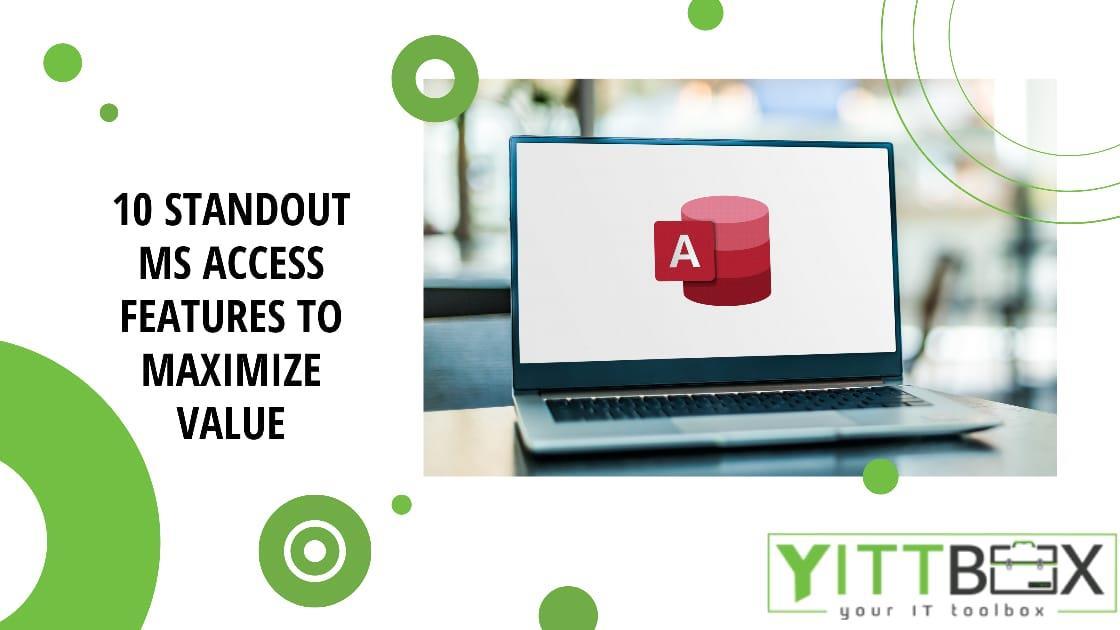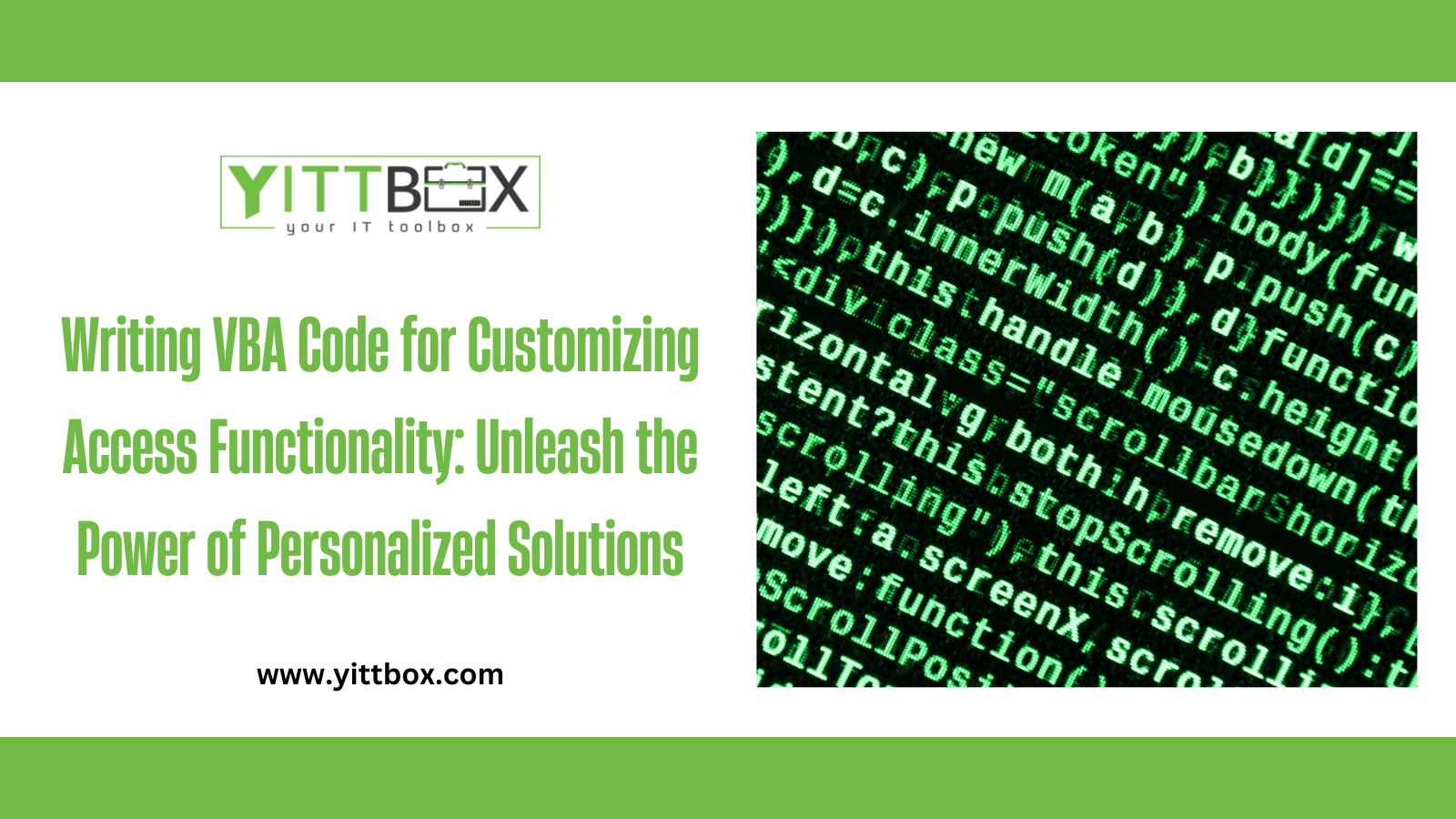Introduction: Unlocking the Hidden Power Behind Power BI
Power BI has become the gold standard for business intelligence and data visualization, helping organizations transform raw data into strategic insights. But while many users know the basics, few fully tap into its hidden features that can dramatically elevate dashboard speed, clarity, and overall performance. In today’s fast-moving business environment, where decisions often need to happen in real time, understanding these subtle yet powerful capabilities is no longer optional — it’s essential.
Optimize Data Models with Aggregations
One of the most impactful hidden features for dashboard performance is Aggregation Tables. Instead of loading millions of rows of granular data every time a dashboard refreshes, you can create summary tables that pre-calculate key metrics. This drastically reduces query load time and makes dashboards faster without losing critical insight depth.
Pro Tip: Use the "Manage Aggregations" pane in Power BI Desktop to set up automatic aggregations for large datasets.
Use Incremental Refresh to Save Time and Resources
Instead of reloading your entire dataset every time data changes, Incremental Refresh updates only the new or changed records. This hidden gem is a game-changer for businesses working with large or constantly growing datasets.
Pro Tip: Enable incremental refresh under the table settings when publishing to Power BI Service — it cuts refresh times dramatically and conserves bandwidth.
Boost Efficiency with Composite Models
Composite Models allow you to combine DirectQuery and Import modes within a single dataset. This hybrid approach lets you import static or historical data for faster performance, while still querying live systems when necessary. It is a smart balance between speed and data freshness.
Pro Tip: Identify which datasets rarely change and import those, while setting frequently updated data sources to DirectQuery.
Leverage Performance Analyzer for Real-Time Optimization
Often overlooked, Power BI’s Performance Analyzer tool provides a real-time breakdown of how each visual loads and how much time it consumes. By identifying the slowest components, you can fine-tune visuals, optimize queries, or adjust data models to improve overall dashboard responsiveness.
Pro Tip: Access Performance Analyzer under the "View" tab in Power BI Desktop to get instant load-time diagnostics.
Simplify Visuals to Accelerate Rendering
While stunning, complex visuals may look impressive, they often slow dashboards significantly. Choosing simpler visuals — like bar charts or KPIs over intricate custom visuals — can lead to noticeably faster load times.
Pro Tip: Minimize the number of visuals on each page and use bookmarks or drill-through features for layered details instead.
Enable Query Reduction Options for Smarter Interaction
Another hidden weapon is the Query Reduction feature, which optimizes how slicers and filters interact with your data. Instead of instantly refreshing a dashboard with every slicer click, you can batch filter selections and apply them all at once, preventing unnecessary queries and speeding up response time.
Pro Tip: In Power BI Desktop, go to "Options" → "Query Reduction" and turn on "Apply button" settings for slicers.
Use Field Parameters to Control Visual Layers Dynamically
Introduced recently, Field Parameters allow users to dynamically change what data fields appear in a visual without needing multiple different pages. It reduces visual clutter and streamlines dashboard structure, leading to faster navigation and rendering.
Pro Tip: Create Field Parameters through the Modeling tab and allow users to toggle between different measures or dimensions in a single visual.
Optimize DAX Formulas for Lightning-Fast Calculations
Complex, inefficient DAX formulas can silently slow down your reports. Writing efficient DAX — using functions like SUMX, REMOVEFILTERS, or minimizing row context when unnecessary — ensures faster calculations and smoother dashboards.
Pro Tip: Always test DAX measures in isolation and use variables (VAR) to optimize repetitive calculations inside measures.
Conclusion: Master the Hidden Tools, Master the Dashboard Game
Maximizing Power BI dashboard performance is not just about creating beautiful visuals — it is about building smart, efficient systems behind them. By tapping into hidden features like Aggregations, Incremental Refresh, Composite Models, and the Performance Analyzer, you can transform sluggish reports into dynamic, real-time decision-making tools. In today’s data-driven world, these hidden strategies are not just nice to have — they are competitive advantages. Master them, and you will unlock the full potential of Power BI for your business success.







